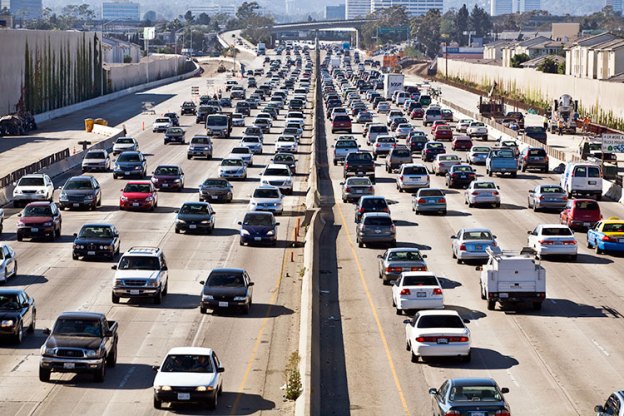
After four years, Google has killed off the traffic estimates for driving directions in Google Maps. The feature, which used crowdsourced information to give an estimate to the time sitting in traffic might add to a trip, was deemed by Google as being too inaccurate.
Google users first posted questions about the disappearance of the feature in a Google Maps Help thread, to which Google employee Daniel Mabasa responded “We have decided that our information systems behind this feature were not as good as they could be. Therefore, we have taken this offline and are currently working to come up with a better, more accurate solution. We are always working to bring you the best Google Maps experience with updates like these!”
User responses ranged from bummed to miffed. User tainitam wrote “I miss this feature dearly. It was indispensable when planning out how long it would take to get to places in LA.”
Xobpzz was a little more curious, writing “I am a little curious. Why were the information systems not good enough. The inaccurate traffic flow information? The driving behavior of the users? The un-predictable traffic lights? Thanks[.]”
Google deciding to kill off a feature that’s existed since 2007 on one of its most popular services, with no real announcement, is a little strange. Mabasa refers to it as an update that improves the Google Maps experience, which many users are already disagreeing with. And while the traffic times were only estimates, and listed as such, Google’s offering was often considered the most accurate. In 2009, Google announced that anyone using GPS-enabled Google Maps on their phone would automatically send location data back to Google. In essence, Google had a continuous network of people providing travel and, more importantly, speed data unlike anyone in the business. With that in mind, it’s hard to imagine that their information systems were all that terrible.
So why did Google eliminate the feature? First, Google may have shut things down in order to bring an improved system online, as Mabasa mentions, although it’s hard to imagine why Google would have to kill off the feature completely before rolling out a new system. A second possibility comes from CEO Larry Page himself, who recently discussed getting rid of Google features that weren’t inspiring innovation or performing. With that in mind, this might be a hint at the future of a slimmer Google.
Editors' Recommendations
- How to drop a pin in Google Maps
- Sustainable with Google 2021: Nest Renew, traffic light efficiency, and more
- Google Maps data shows whether people in your area are staying at home
- Google founders Larry Page and Sergey Brin are stepping down
- Google Maps expands voice guidance for blind and partially sighted users


